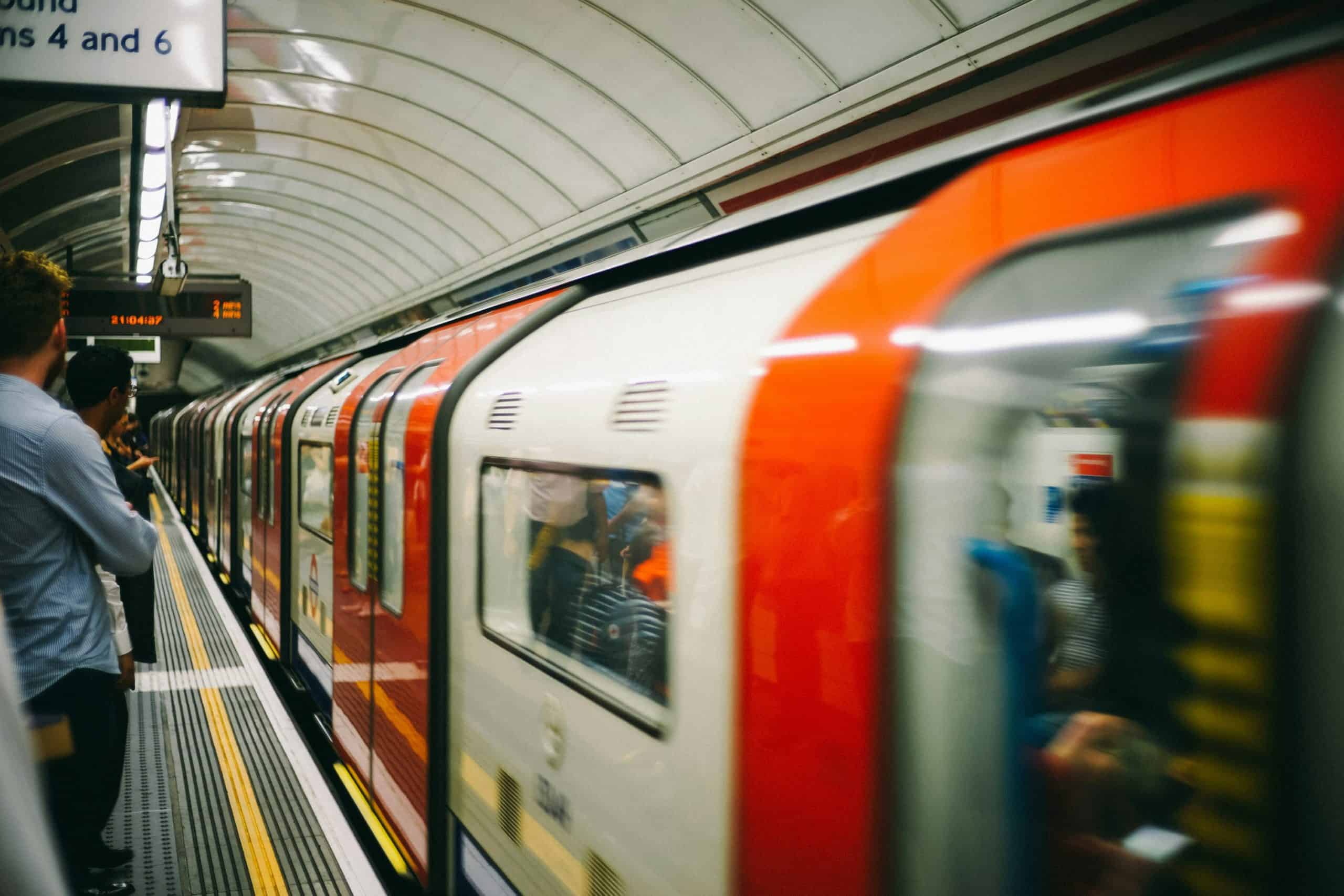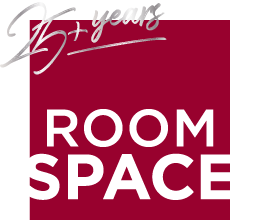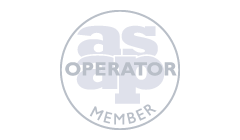London’s Tube system, while iconic and large, provides a unique set of obstacles for newcomers. The extensive network of tunnels and stations can seem confusing at first, but with the appropriate guidance and information, you can successfully navigate the Underground and travel like a true Londoner. Here is a complete beginner’s guide to navigating the London underground during your stay.
Understanding The Tube Map
First, familiarise yourself with the Tube map! This dense network of coloured lines look confusing at first glance, but it’s remarkably intuitive once you understand the basics. Each line represents a separate route, and stations are indicated with coloured circles, with icons to determine railway stations, wheelchair accessibility and other information of interest.
Pay attention to interchanges where lines converge; these hubs allow you to move between routes. It is also important to consider the Zones system as how much you pay depends on the zones you will cross during each trip. Zones 1-3 are the most expensive as they’re closer to Central London.
Planning Your Journey
Plan your Tube journey ahead of time using a paper map or mobile app. Websites such as Transport for London (TfL) include journey planners that assist you in determining the shortest routes, projected travel times, and any disruptions or delays affecting your preferred route. You can also use the TFL app or Citymapper to find out how much your journey will be.
Purchasing Tickets
The Tube works on a zone-based fare structure, with charges varying according to distance travelled. For occasional travellers, buying single tickets at the station is a convenient choice. Alternatively, you might use contactless payment methods including contactless debit or credit cards, as well as mobile payment apps like Apple Pay or Google Pay. These approaches provide flexibility while automatically calculating the most cost-effective fee for your route.
Navigating Stations and Riding the Tube
When you enter a Tube station, follow the signs to find the platform for your selected line. Look for digital screens showing train arrival times and service updates, essential for navigating the London underground during peak times. When boarding the train, keep your distance from the doors so that passengers can exit first, and keep an eye out for the gap between the platform and the train.
Once onboard, listen for announcements identifying the next stop and any exchange opportunities. If you’re not sure which station to get off at, use the Tube map available above the seats, or use GPS navigation on your smartphone if there’s service. Trains can become crowded at peak hours and the breaking between stops can get particularly loud so, plan to stand, bring headphones and hold onto handrails for stability.
Exiting The Tube
As your destination approaches, gather your bags and head towards the doors. If you’re not sure which side to depart from once inside the station, look for signs directing you to street level or connecting services inside the station. If you’re new to the region, take note of surrounding landmarks or street signs to help you get oriented.
Travelling to London soon?
This is a large and modern city, so navigating the London underground can be tricky at first, but the more you use it, the easier it becomes! Plus, staying in one of our serviced apartments makes it convenient because you’re close to the tube and other transport options like buses, trams, and bikes.
Look out for more tips on getting around the city, and contact our team if you need accommodation for your next visit to London.
Sign up to receive email updates on new blog posts, special offers and the best possible rates when booking with Roomspace!









